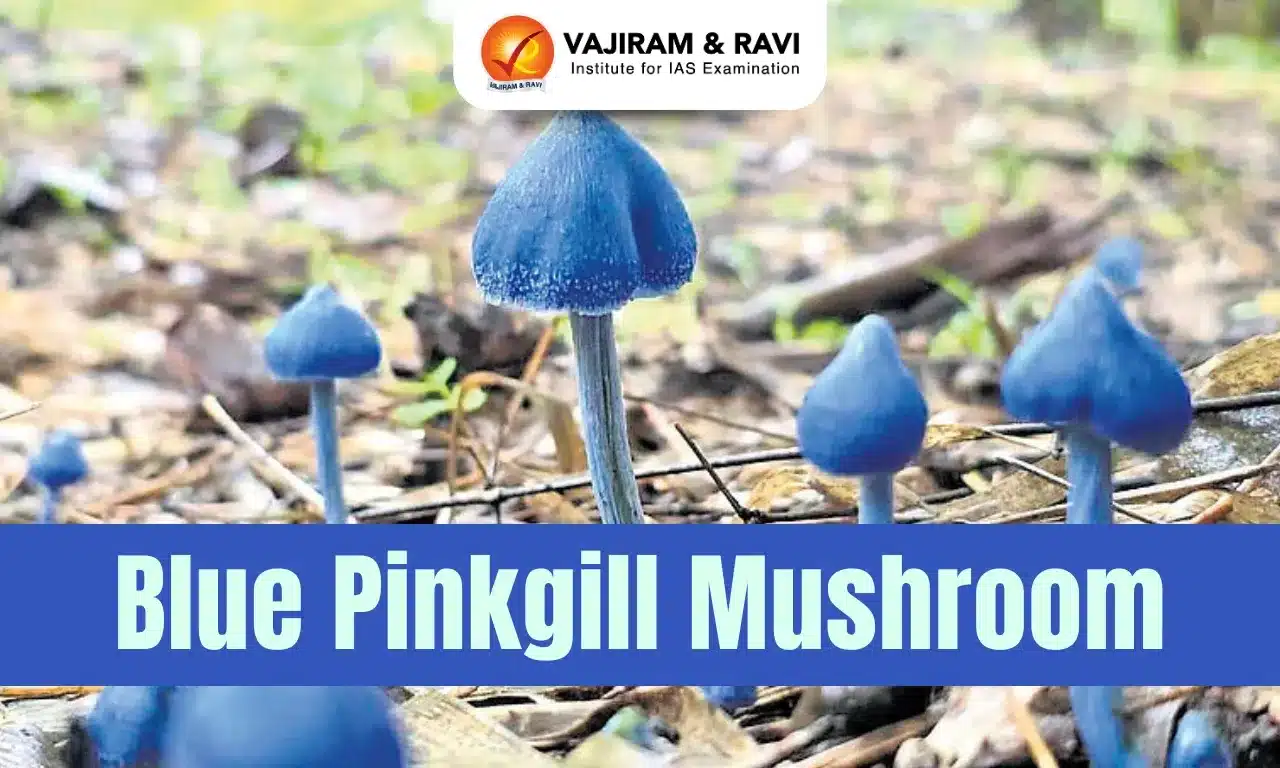About Bobbilli Veena
- The traditional ‘Saraswati Veena’ from Bobbili is famed for its fine tune and distinctive notes.
- It is a large plucked string instrument used in Carnatic music.
- The making of the veena began in the 17th century during the reign of Pedda Rayudu, the king of Bobbili Samsthanam who was a great patron of music.
- Features
- These veenas are painstakingly crafted from Jack-wood tree logs in Gollapalli, a town in Bobbili (AndhraPradesh).
- It takes almost a full month for a log of mute wood to be crafted into a fine musical instrument.
- Jack-wood is preferred as it is light and the unique grain of the wood renders the quality of swara or tone.
- A single piece of wood is used to create the instrument giving it the name ‘Ekandi Veena’.
- These Veenas are also remarkable for the exquisite designs etched on the body, making each piece exclusive.
- With their origin dating back to the Seventeenth Century, these veenas are played in a distinctive style, which also led to the coinage of the ‘Bobbili Veena Sampradayam’.
- It earned a Geographical Indication (GI) tag in 2012 for its unique design and high-quality craftsmanship.
Q1) What is Carnatic Music?
Carnatic Music is a form of Indian classical music with origins in Southern India. Lyrics in Carnatic music are largely devotional; most of the songs are addressed to the Hindu deities.
Source: Strung out: Bobbilli Veena craftsmen struggle for livelihood
Last updated on July, 2025
→ UPSC Notification 2025 was released on 22nd January 2025.
→ UPSC Prelims Result 2025 is out now for the CSE held on 25 May 2025.
→ UPSC Prelims Question Paper 2025 and Unofficial Prelims Answer Key 2025 are available now.
→ UPSC Calendar 2026 is released on 15th May, 2025.
→ The UPSC Vacancy 2025 were released 1129, out of which 979 were for UPSC CSE and remaining 150 are for UPSC IFoS.
→ UPSC Mains 2025 will be conducted on 22nd August 2025.
→ UPSC Prelims 2026 will be conducted on 24th May, 2026 & UPSC Mains 2026 will be conducted on 21st August 2026.
→ The UPSC Selection Process is of 3 stages-Prelims, Mains and Interview.
→ UPSC Result 2024 is released with latest UPSC Marksheet 2024. Check Now!
→ UPSC Toppers List 2024 is released now. Shakti Dubey is UPSC AIR 1 2024 Topper.
→ Also check Best IAS Coaching in Delhi















